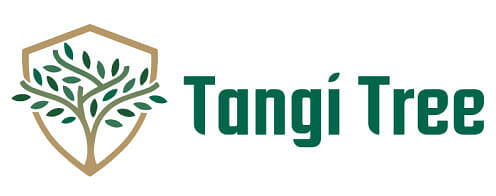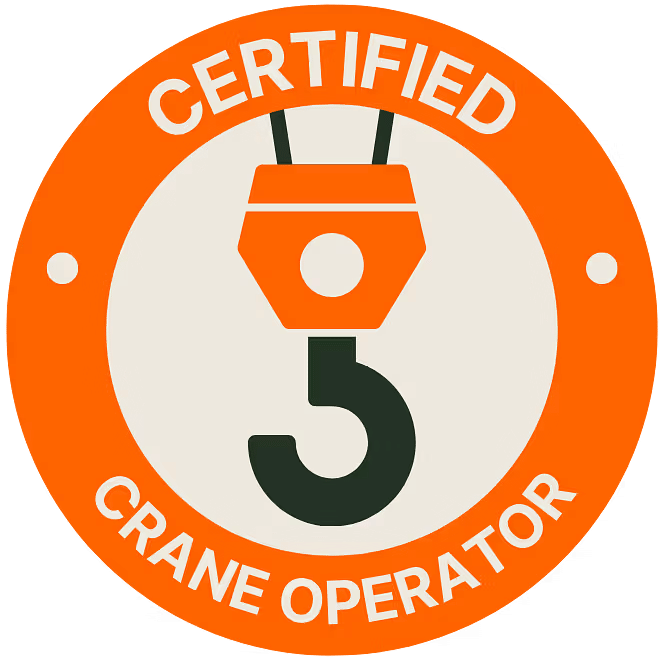Get storm-ready! Be hurricane-prepared BEFORE the season starts.

How to Manage Tree Growth Near Power Lines
Trees are a beautiful part of any neighborhood or yard, offering shade, cleaner air, and a connection to nature. However, when trees grow too close to power lines, they can pose serious risks to people, property, and the electrical grid. At Tangi Tree, we often get called out to deal with overgrown branches that are too close to utility lines, creating dangerous situations that could have been prevented with the right approach. Learning how to manage tree growth near power lines is not just about keeping your property looking tidy. It’s about staying safe, avoiding costly damage, and keeping your power supply reliable.
The Dangers of Trees Growing Near Power Lines
When branches touch or even come close to electrical lines, several problems can arise. The most immediate concern is safety. Trees that make contact with high-voltage wires can carry electricity to the ground, creating a severe shock hazard to anyone nearby. During storms, wind or lightning can cause branches to snap or whole trees to fall onto power lines, leading to fires, widespread outages, or even personal injury.
In drier areas or during hot seasons, branches rubbing against electrical wires can spark wildfires. Even in residential neighborhoods, an overloaded branch can break under its weight, pulling down power lines and possibly causing injury or property damage. These scenarios are not rare. Utility companies frequently report hundreds of outages every year that are caused by trees, and in many cases, these could have been avoided with timely care and proper trimming.
Knowing the Rules: Utility Right-of-Way and Clearance Regulations
Many homeowners do not realize that power companies have the legal right to trim or remove trees that interfere with their infrastructure. This legal authority is known as a "right-of-way" or "utility easement." In these designated zones, the utility provider can manage vegetation as they see fit in order to protect their lines and equipment.
Most utility companies follow strict guidelines about how much space is needed between power lines and tree branches. While the exact clearance can vary depending on the voltage and location, a good rule of thumb is to keep a minimum of 10 feet of space between a tree branch and an overhead power line. In areas with higher-voltage transmission lines, this requirement can be even greater.
Local laws and utility policies can also impose specific rules about planting and maintaining trees near power lines. Violating these rules can lead to fines or forced removal of the tree. This is why it's critical for homeowners to know their responsibilities and take steps to comply with all local regulations.
How to Tell If a Tree Is Too Close to Power Lines
If you're unsure whether a tree on your property is too close to a power line, there are a few signs you can look for:
- The branches appear to touch or hover just a few feet away from the wires.
- During windy days, the tree sways enough to come into contact with the lines.
- You notice blackened or scorched spots on the branches near the wires.
- The utility company has left markings, tags, or paint on your trees.
- You receive a notice from the utility company warning of potential hazards.
If any of these warning signs apply, it is important to act quickly. Do not attempt to fix the problem yourself, especially if the tree is already touching a line. Trimming trees near power lines is not a safe DIY project. The risk of electrocution is extremely high, even for branches that only appear to be close.
Best Practices for Homeowners: Safe Tree Management
As a homeowner, there are several things you can do to safely manage tree growth around power lines. The most important step is to avoid planting large trees near utility poles or overhead wires in the first place. Before you put a new tree in the ground, consider how tall it will grow and how far the branches will extend. Some trees may start small but can easily grow to 40 feet or taller over the years.
Here are some smart tips to help you avoid problems in the future:
Always plant trees a safe distance from power lines. In general, small trees should be planted at least 10 feet away, medium trees at 20 feet, and large trees at 30 feet or more.
- Choose slow-growing species with low mature heights when planting near power lines.
- Inspect your trees regularly, especially after storms or during rapid growth seasons like spring and early summer.
- Trim your trees before they become a problem. Proactive care is easier and less expensive than emergency service.
Tangi Tree offers professional trimming and care to help you stay ahead of growth issues. Our experienced team can assess the health and position of your trees and create a maintenance schedule that keeps everything safe and looking great.
What Professional Tree Trimming Near Power Lines Looks Like
Trimming trees that grow near electrical lines is a highly specialized task that requires the right tools, training, and safety equipment. At Tangi Tree, we have certified arborists who are trained in line clearance tree trimming. This means they know how to work safely around energized wires and follow all industry standards for pruning.
There are several techniques we may use when trimming near utility lines:
- Directional pruning: We remove specific branches that grow toward power lines, encouraging the tree to grow in a safer direction.
- Crown reduction: We reduce the height of the tree in a way that maintains its health and shape.
- Thinning: We remove interior branches to reduce the overall weight and wind resistance of the canopy.
Unlike general landscaping companies, Tangi Tree understands the risks of electrical hazards and has the licenses and insurance needed for this type of work. We also coordinate with utility companies when necessary to ensure that trimming is done with proper oversight and approval.
Planning Ahead: What to Plant and Where
Prevention is the best strategy when it comes to managing trees near power lines. When you choose the right type of tree and plant it in the right spot, you avoid most future problems. Not every tree is suitable for planting under or near overhead lines.
Here are some tree types that are generally safe to plant near power lines:
- Dogwood
- Redbud
- Crepe myrtle
- Holly shrubs
- Serviceberry
These species tend to stay under 20 feet tall, which makes them less likely to interfere with standard utility lines. Be sure to research the mature height and spread of any tree before planting it. Also, consider root spread, as some trees can cause damage to underground utility lines or building foundations.
A well-planned landscape will use layers of trees, shrubs, and ground cover in a way that avoids all conflicts with utilities. If you're not sure what to plant or how to arrange your yard, Tangi Tree can provide expert advice on creating a safe and attractive design.
What to Do If a Tree Is Touching or Near a Power Line
If you see a tree that is already in contact with a power line, do not go near it. Even if it looks harmless, there could be electricity flowing through the branches or into the ground. Touching the tree or trying to trim it yourself can result in serious injury or even death.
Here’s what you should do instead:
1) Stay at least 30 feet away from the tree and any part of the power line.
2) Do not allow children or pets to go near the area.
3) Contact your utility provider immediately. They will assess the situation and may temporarily shut off power for safe removal or trimming.
4) After the power company has addressed the emergency, call Tangi Tree for professional tree care and long-term management.
We are trained to work closely with utility companies and follow all necessary safety steps when performing tree removals or trimming near power infrastructure. We also offer follow-up services to make sure your trees do not become a hazard again in the future.
Hire Certified Arborists to Manage Your Trees
At Tangi Tree, we believe that every homeowner should have peace of mind when it comes to the trees on their property. Managing tree growth near power lines is not just about trimming branches. It’s about protecting lives, preventing outages, and avoiding costly emergency repairs. Whether you need a one-time trimming job or ongoing tree maintenance, our certified team is ready to help. Don’t wait until a small issue turns into a major risk. Contact Tangi Tree today to schedule a professional assessment and let us take the worry out of your tree care.






